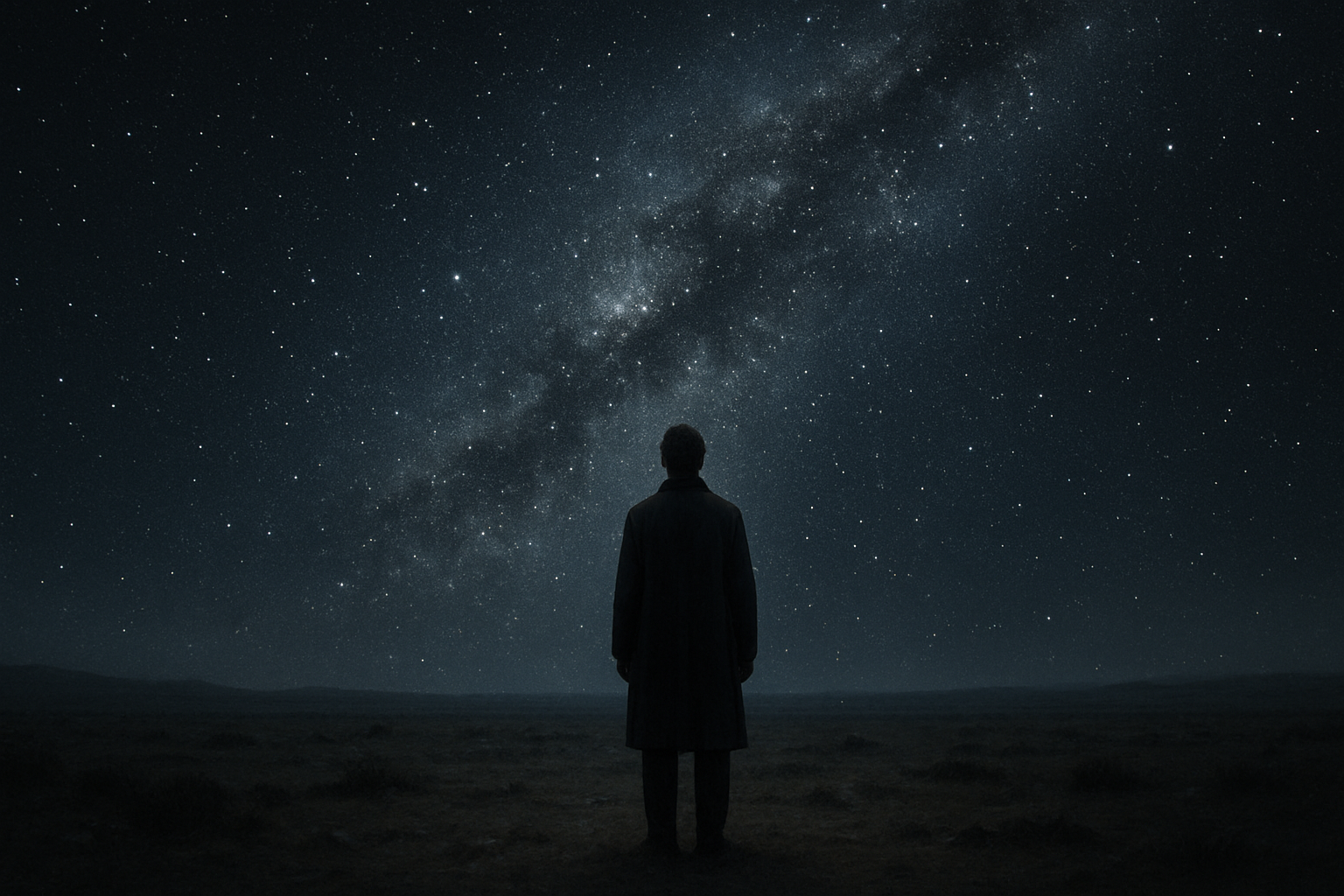Arcane Funeral Rites: Occult Ceremonies of Passage
Humanity has long been fascinated by the mysteries of life and death. From the dawn of civilization, various cultures have devised elaborate rituals to honor the dead, reflect beliefs about the afterlife, and soothe the living. In the tapestry of global funeral practices, occult ceremonies hold a shadowy allure, promising insight into the unknown and a connection to ancient wisdom.
The Origins of Occult Funeral Rites
The term “occult” originally meant “hidden” or “secret.” While today it often carries connotations of dark magic or forbidden practices, many occult funeral rites were simply rituals shrouded in secrecy, passed down within small communities or chosen families. These rites often reflect an intimate relationship with the natural world and the forces believed to govern life and death.
Occult funeral practices can be found across the globe, from the venerable traditions of the Druids to the mystical ceremonies of Ancient Egyptian priests. Understanding these rituals provides us with a glimpse into the metaphysical worldviews of our ancestors and their nuanced relationship with mortality.
Celtic Funeral Rites: Communion with the Spirit World
The Druids, the spiritual leaders of the ancient Celts, played a crucial role in Celtic funeral rites. These rituals were less about mourning and more about celebration, signaling a passage to the Otherworld—a place rich with wisdom and eternal joy.
Druids often performed ceremonies in sacred groves, believed to be the nexus between our world and the next. These places resonated with the spirits of nature, aligning the energies required for safe passage into the afterlife. Ceremonies included chanting, offerings to the gods, and the use of sacred fires to purify and guide the soul.
“The Druid tradition teaches that death is not the end, but a transformation—a journey to the Otherworld. Their rites provided communion with the spirits and ensured no journey was undertaken alone,” says John Matthews, a renowned historian and mycologist, in his book The Element Encyclopedia of the Celts.
Egyptian Book of the Dead: Guiding the Departed
Ancient Egyptian funerary practices stand as one of the most documented and intricate occult traditions in history. Egyptians believed in preserving the body through mummification, ensuring the soul’s continuance in the afterlife. The Book of the Dead served as a spiritual guide, containing spells, hymns, and instructions to navigate the afterlife’s challenges.
Each deceased individual was provided with a personalized scroll, unique to their journey. This sacred text was believed to protect and assist the spirit, equipping it with the wisdom necessary to face judgment and gain entry into the Field of Reeds, their vision of paradise.
“For the Egyptians, death was another adventure. Their meticulous rituals reflected a society deeply connected to spiritual exploration and the mysteries of the universe,” writes Egyptologist Dr. Salima Ikram in Ancient Egypt and the Afterlife.
Voodoo: Living Amongst the Spirits
Voodoo (or Vodou) offers another fascinating perspective on death and the afterlife. Primarily practiced in Haiti and the African diaspora, Voodoo funerals involve elaborate rituals to ensure the deceased’s soul passes safely into the afterlife, where ancestors guide and watch over the living.
The Voodoo ceremony, or Waka, typically takes place a year and a day after death. During this time, the soul is believed to reside in the spirit world, waiting for the ceremony that will release it to embark towards eternal rest.
Voodoo rituals are vibrant, involving rhythmic drumming, dancing, and singing. Offerings are made to the loa, deities that serve as intermediaries between the human and spirit worlds. These acts are performed with the hope of gaining favor and securing a peaceful afterlife for the departed.
“Voodoo rites present a profound communion with the invisible world. They remind us that life and death are two sides of the same coin, eternally entwined,” according to Wade Davis, an anthropologist and author of The Serpent and the Rainbow.
Wiccan Traditions: Embracing the Cycle of Life and Death
Modern Wiccan traditions echo ancient pagan practices, viewing death as a part of the natural cycle of life. Wiccans celebrate the departed through rituals that emphasize the soul’s rebirth and the continuity of life.
- Samhain: Celebrated on October 31, Samhain represents a time when the veil between the worlds is thinnest, making communication with the dead easier. Wiccans pay homage to their ancestors by lighting candles and setting places for the deceased at the table.
- The Wiccan Requiem: Conducted in a coven, this ceremony involves chanting and casting a circle of protection. Participants call upon deities to guide the spirit into the Summerland, the Wiccan paradise, where the soul rests before reincarnation.
“In Wiccan beliefs, death is not to be feared but welcomed as a return home, a reunion with the earth and the sacred cycle of life,” writes Marion Green in The Path of the Hedge Witch.
Implications and Continuing Influence
Occult funeral rites continue to fascinate and resonate within contemporary spiritual practices. These ceremonies speak to a universal desire to understand what lies beyond, and to assure the living that their loved ones’ spirits are at peace.
As today’s societies seek meaningful ways to honor their dead, such mystical traditions offer rich sources of inspiration. They remind us that while death may be the ultimate mystery, it is an integral component of the human experience, inviting us into a larger and timeless journey.
In exploring these hidden paths and secret traditions, we find that death, though cloaked in shadows, can also illuminate the pathways of spirituality, connecting us profoundly to those who have come before us.
Whether through rituals that celebrate rebirth, guide spirits to paradise, or seek the favor of deities, occult funeral rites invite reflection on the deepest mysteries of existence, reminding us that in every ending lies a new beginning.









